"Essential Guide to Poultry Vaccination"
"Principles, Applications, and Best Practices
4.16 (46 reviews)
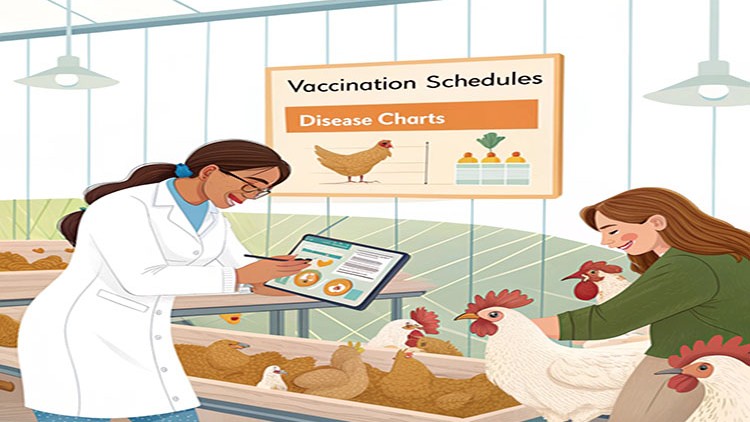
9,621
students
2.5 hours
content
Mar 2025
last update
$22.99
regular price
What you will learn
vaccination principales
optimum administration
avian immunology and vaccine response
SPRAY VACCINE APPLICATION
DRINKING WATER VACCINE DISTRIBUTIO
EYE DROP VACCINE APPLICATION
IN OVO INJECTION
iNTRAMUSCULAR INJECTION
TRANSFIXION (SCARIFICATION; WING-WEB STAB)
Screenshots
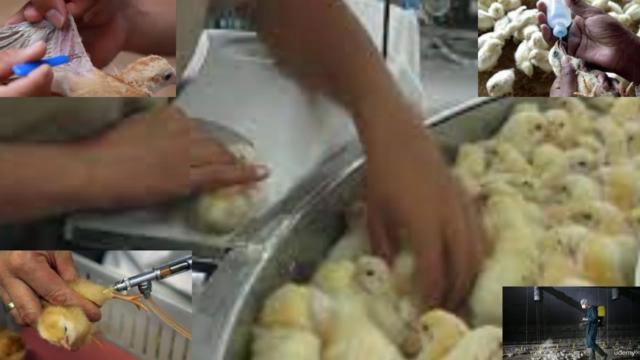
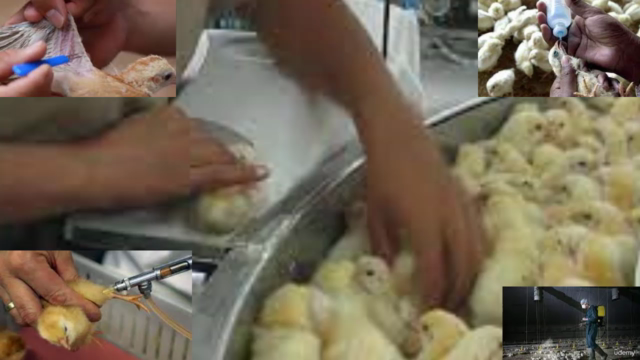
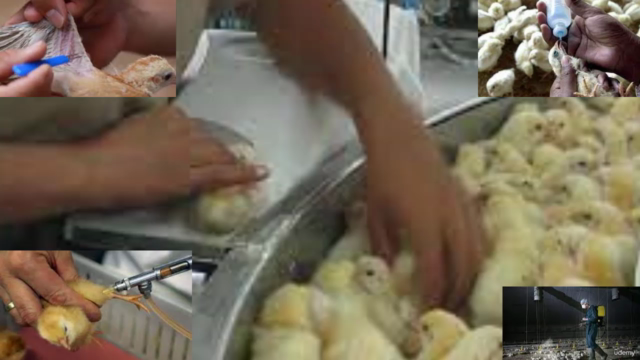
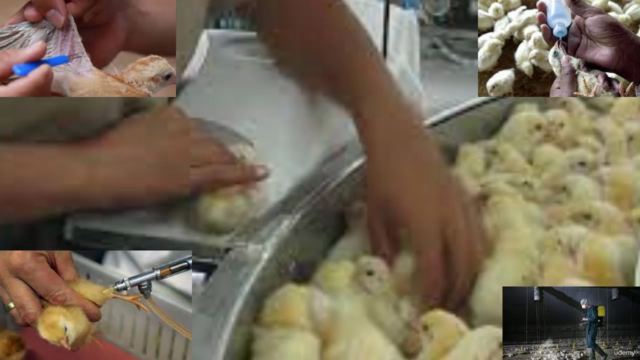
Related Topics
4928292
udemy ID
10/14/2022
course created date
10/25/2022
course indexed date
Bot
course submited by